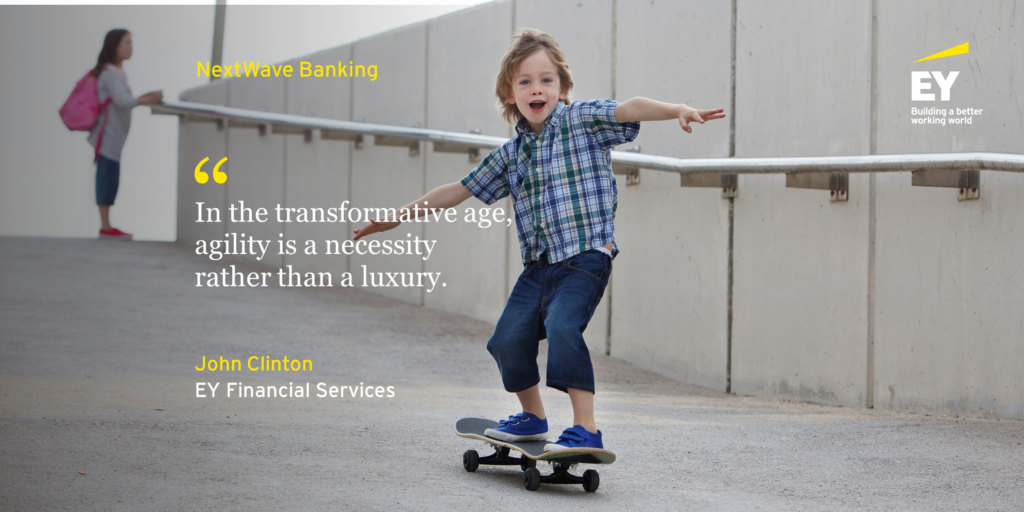For more than a decade, and in the context of increasing pressure from regulators, financial service firms have continued to increase expenditure on risk and compliance. However, with concerns around compliance, conduct and culture persisting, boards and senior executives are asking whether there is a more effective and more efficient way to deliver compliance objectives.
While the Central Bank of Ireland has provided some short-term regulatory derogations in the context of the Covid-19 pandemic, its overarching message has been that firms must maintain their vigilance, consider the challenges of remote working and ensure that Compliance coverage is maintained.
The consequence is that more and more is being asked of compliance professionals. In an era of disruption, evolving market dynamics and digital challengers, compliance teams are under pressure to confirm that new services, delivered through new channels, meet regulatory expectations. With pressure to get the ‘minimum viable product’ into the market place at breakneck pace – something has to give!
And it is. A change in mindset is gradually occurring that is bringing the traditional ‘first lines’ and ‘second lines’ closer together:

EY is supporting its clients in making this transition in a number of different ways. The first is the adoption of a ‘trust by design’ mentality, whereby firms adopt a customer-oriented focus on trust from top to bottom; from organisational purpose, strategy and governance through product design and delivery. With this mindset, the lines of defence, and particularly risk and compliance can increasingly become a trusted advisor to the business rather than a perceived hinderance to it.
The second is to assist our client’s risk functions to be digitally led to strengthen trust and increase business performance. Successful organisations are challenging themselves with the right questions to differentiate with trust:
We are helping clients in a number of ways to engage with and meet these challenges. For example:
In the transformative age, agility is a necessity rather than a luxury. As with all facets of the financial service firm, compliance must embrace this challenge. Part of this journey involves engaging with and utilising emerging technologies to enhance efficiency and effectiveness. In parallel, compliance and risk functions must continue to support their colleagues in putting customer trust at the centre of everything they do.
This article is part of our NextWave Banking series which brings you our latest views on the decisions banks are facing in order to shape their digital future. In the coming weeks and months, we will be further exploring these challenges and the associated strategic options and emerging trends. Watch this space.